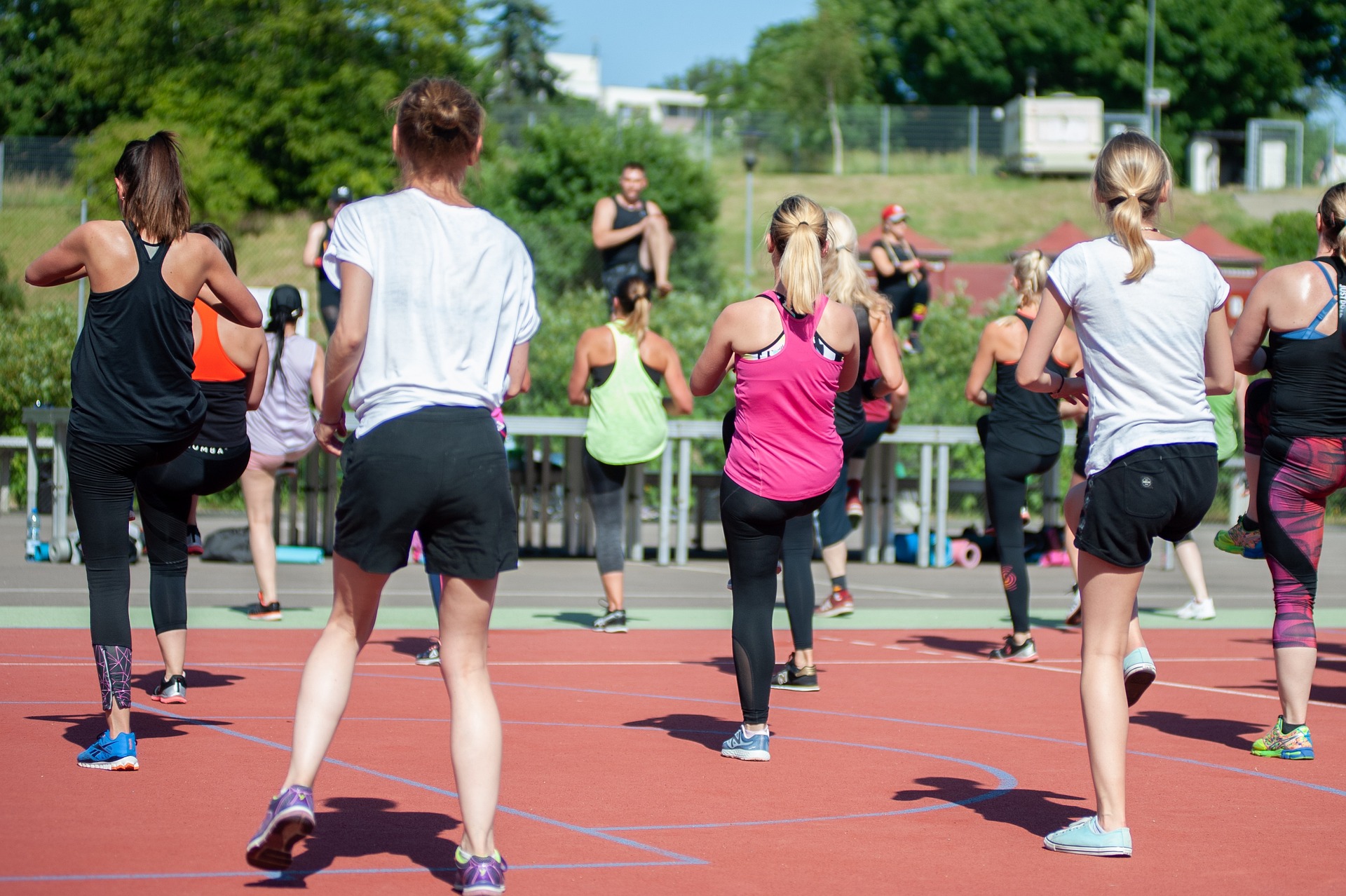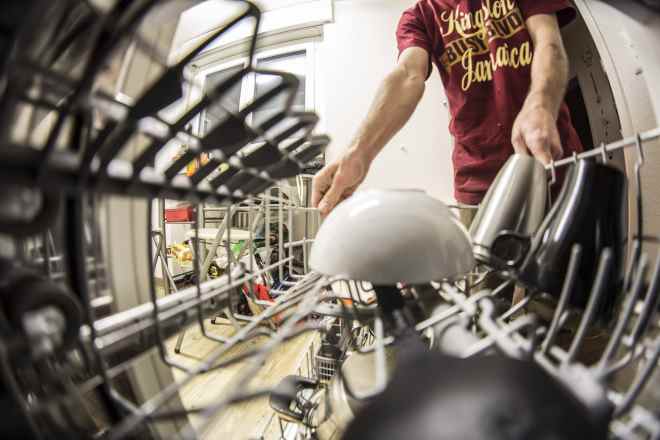Rewriting the Narrative: The Intersection of Beauty and Fitness in the Era of Body Positivity
The first waves of the modern beauty and fitness industries were born out of a desire for aesthetic perfection. The standard was set high, often unattainably so, with a one-size-fits-all approach that left many feeling excluded. However, the narrative has been shifting in recent years. The rise of body positivity is rewriting the script on beauty and fitness, transforming these industries into spaces that celebrate diversity and individuality.

The Origins: Beauty and Fitness through a Narrow Lens
To understand the current shifts, we need to look back at the origins of the beauty and fitness industries. In the early 20th century, these sectors were largely influenced by societal standards of beauty that were often unrealistic and exclusionary. The ideal body was thin and toned, and beauty was defined by youthful, flawless skin and specific facial features. Products and routines were designed to help people conform to these standards, often ignoring the fact that individual needs and bodies vary.
Current Industry Trends: The Emergence of Body Positivity
Today, a new narrative is taking hold. The body positivity movement, which started gaining momentum in the late 2010s, promotes the acceptance of all body types and challenges the notion of a “perfect” body. This has led to significant shifts in the beauty and fitness industries. Brands are becoming more inclusive in their marketing and product development, and fitness routines are now being designed to cater to a wider range of body types and abilities.
Leading industry experts are witnessing this change. According to Melissa Fabello, a body positivity advocate and scholar, “The industry is slowly moving from a focus on altering one’s body to meet societal standards to promoting overall health and self-care.”
The Impact of Body Positivity: Benefits and Market Relevance
The body positivity movement has had far-reaching effects. For individuals, it fosters self-love, promotes mental health, and encourages a more balanced approach to fitness. It’s no longer about achieving a specific body type, but about nurturing one’s body and respecting its needs.
From a market perspective, this shift is also proving to be profitable. Brands that have embraced body positivity often see increased customer loyalty and sales. Dove’s Real Beauty campaign, which showcases real women of different sizes, ages, and ethnicities, has been praised for its inclusivity and has significantly boosted the brand’s market share.
Scrutinizing the Claims: Is Body Positivity the Future?
While body positivity is indeed a powerful movement, it is important to critically evaluate its impact. Some critics argue that it can inadvertently encourage complacency about health issues linked to obesity. However, proponents counter that body positivity is about promoting health at every size, not glorifying unhealthy lifestyles.
The evidence suggests that body positivity is a beneficial force in the beauty and fitness industries. A study published in the Journal of Health Psychology found that women who were exposed to body-positive media reported better psychological health compared to those who consumed traditional, body-shaming media.
Beauty and Fitness in the Age of Body Positivity
The beauty and fitness industries are undeniably changing. The era of body positivity is challenging the status quo, promoting inclusivity, and shifting the focus from aesthetic perfection to overall well-being. As we move forward, it is essential that these sectors continue to evolve in a way that respects and celebrates the diversity of human bodies. The future of beauty and fitness lies not in a one-size-fits-all approach, but in the recognition that health and beauty come in all shapes and sizes.




